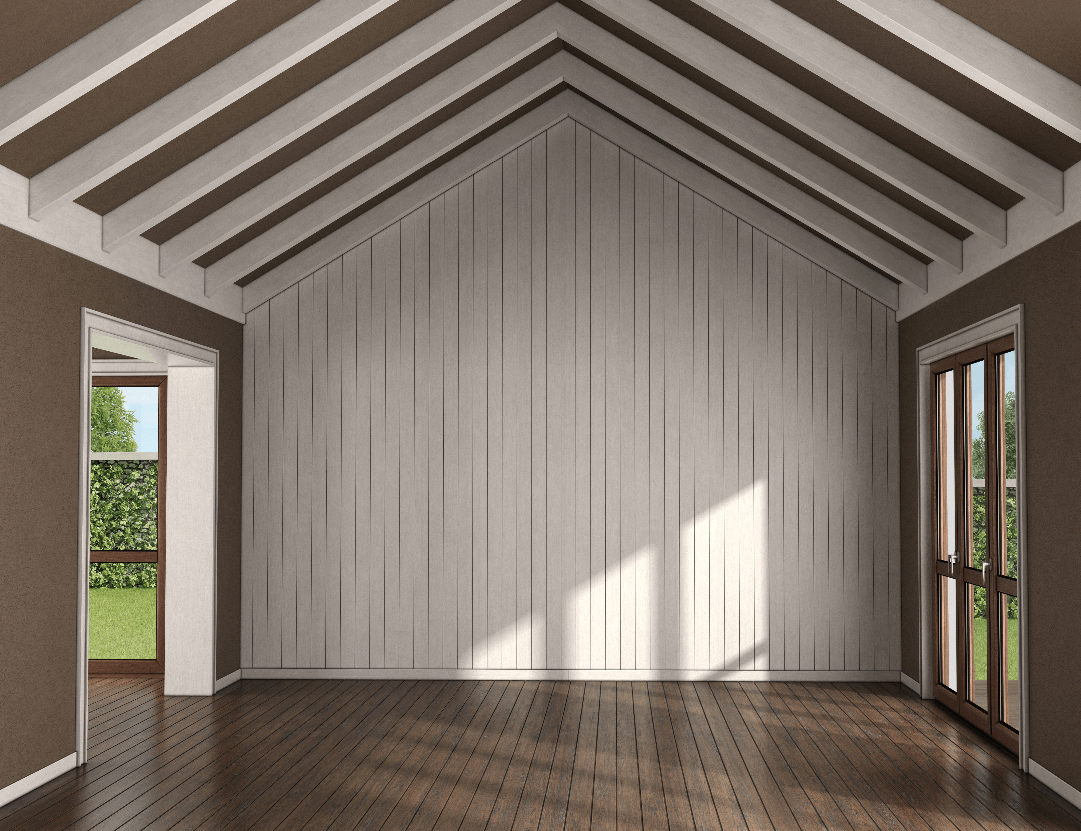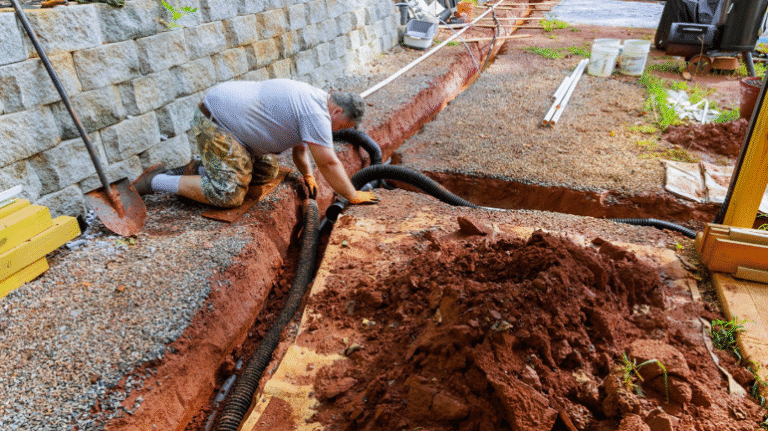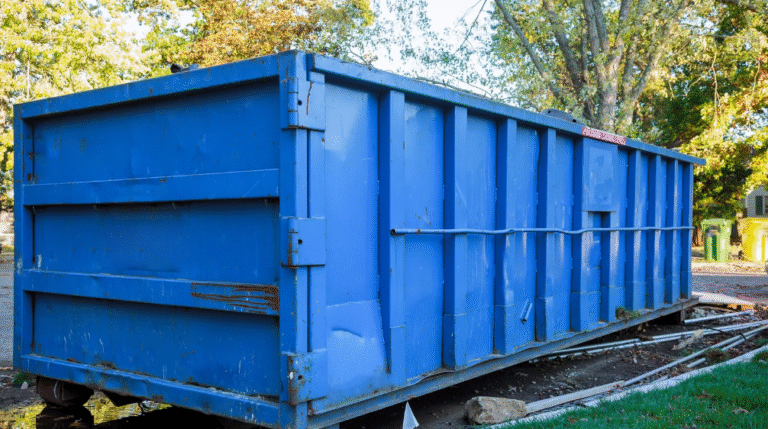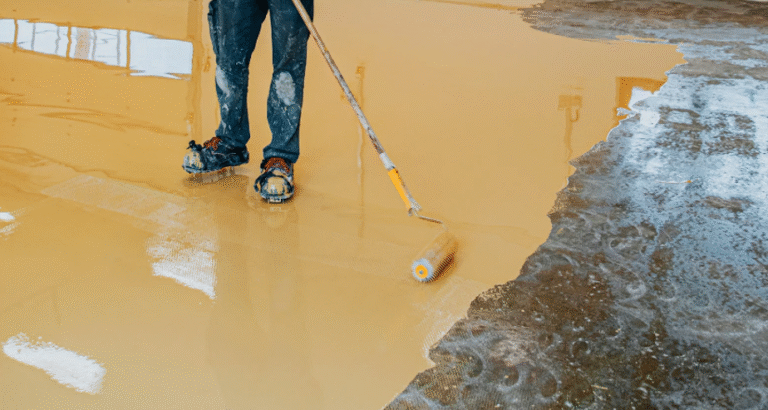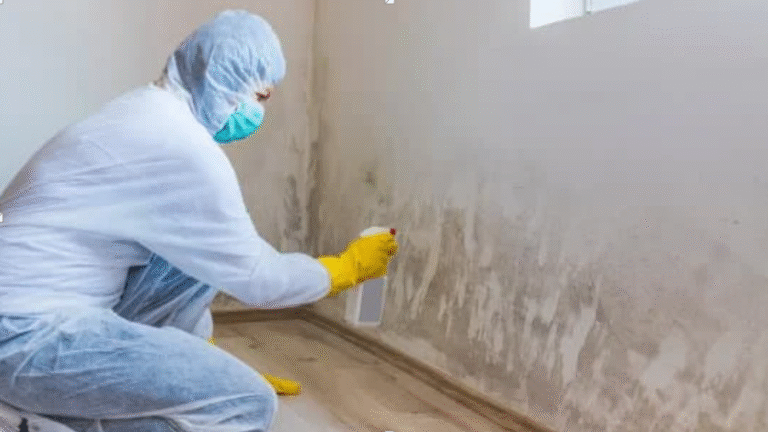Stylish and Practical: Your Guide to Internal Cladding
Internal cladding is a smart way to enhance the look and function of your indoor spaces. Whether you’re renovating or building new, internal cladding can add warmth, texture, and character to your home or commercial interiors.
Let’s explore what internal cladding is, its benefits, and why it’s becoming a top choice for Australian homeowners and designers.
What Is Internal Cladding?
Internal cladding refers to panels or boards used to cover internal walls and ceilings. Unlike paint or wallpaper, cladding adds a textured and durable surface that can completely transform a room’s appearance.
Cladding is available in a variety of materials, styles, and finishes. It’s commonly used to create feature walls, protect high-traffic areas, or bring a modern rustic charm to homes.
See also: How Technology Is Impacting the Art World
Benefits of Internal Cladding
Internal cladding offers several advantages beyond just good looks. Some of the key benefits include:
- Quick Transformation: It instantly upgrades any interior without the mess of painting or plastering.
- Durability: It protects walls from damage, moisture, and wear and tear.
- Low Maintenance: Cladding is easy to clean and resists stains and marks.
- Insulation: Certain cladding materials provide thermal and acoustic insulation.
- Versatility: Perfect for both homes and commercial settings, including bathrooms, living areas, offices, and shops.
Types of Internal Cladding Materials
There are many material options available for internal cladding. Each comes with its unique style, texture, and purpose:
1. Timber Cladding
Timber is a popular choice for creating a natural, warm, and welcoming look. Available in panels, battens, or boards, timber internal cladding works well in bedrooms, lounges, and hallways.
2. MDF and Composite Panels
Medium-density fibreboard (MDF) and other engineered wood products offer a cost-effective alternative to solid timber. These are great for smooth, painted finishes or decorative mouldings.
3. PVC and Vinyl Cladding
PVC is water-resistant and ideal for wet areas like bathrooms and laundries. It’s lightweight, easy to clean, and available in a range of colours and patterns.
4. Stone and Brick Veneer
Want a rustic or industrial look? Stone or brick veneer cladding adds texture and depth to interior walls without the weight of solid masonry.
5. Metal Cladding
Aluminium or steel panels bring a sleek, modern finish and are often used in commercial interiors or contemporary homes.
Where to Use Internal Cladding in Your Home
Internal cladding can be used in almost every room. Here are some great applications:
- Living Rooms: Create a stunning feature wall with timber or stone veneer.
- Bathrooms: Use PVC cladding for a water-resistant and mould-proof finish.
- Bedrooms: Add warmth and elegance with timber panels or batten walls.
- Hallways: Protect walls from scuffs with hard-wearing MDF or vinyl cladding.
- Home Offices: Improve acoustics and add style with textured wall panels.
Choosing the Right Internal Cladding
When selecting internal cladding, consider the following factors:
- Purpose: Is it decorative, protective, or both?
- Material: Choose based on durability, moisture resistance, and look.
- Room Type: Bathrooms require waterproof materials, while living areas offer more flexibility.
- Budget: There’s a wide price range depending on material and design.
- Maintenance: Some surfaces are easier to clean and maintain than others.
Consult with a cladding expert like ProThings to help match your needs with the best product options.
Internal Cladding Installation Tips
Installing internal cladding can be DIY-friendly, especially with modern tongue-and-groove or click-lock systems. Here are a few quick tips:
- Prepare the Surface: Ensure the wall is dry, clean, and level.
- Measure Twice: Accurate measurements are essential for a neat finish.
- Use Quality Adhesives or Fixings: Depending on the material, use suitable adhesives or screws.
- Consider a Backing Frame: For uneven walls, a timber batten frame may help.
- Seal Edges: Especially in wet areas, seal all joints to prevent water damage.
If unsure, professional installation ensures a perfect result and peace of mind.
Why Buy Internal Cladding from ProThings?
At ProThings, we specialise in high-quality cladding products for both internal and external use. Here’s why customers choose us:
- Wide Range: We offer timber, PVC, MDF, and stone-look cladding in various finishes and colours.
- Expert Advice: Our team helps you choose the right internal cladding for your home or project.
- Affordable Pricing: We provide competitive prices without compromising quality.
- Melbourne-Based: As a local supplier, we understand the needs of Australian homes and builders.
- Fast Delivery: Enjoy quick and reliable shipping straight to your site or home.
Whether you’re a homeowner, interior designer, or builder, ProThings has the right internal cladding solution for you.
Final Thoughts
Internal cladding is more than just a decorative feature, it adds value, comfort, and practicality to your spaces. With so many styles and materials to choose from, you can easily find the perfect look for any room. Whether you’re after a rustic timber finish, a modern minimalist panel, or a waterproof solution for bathrooms, internal cladding is a smart and stylish investment.
Explore the range at prothings.com.au and upgrade your interiors with the best internal cladding solutions in Melbourne and beyond.
